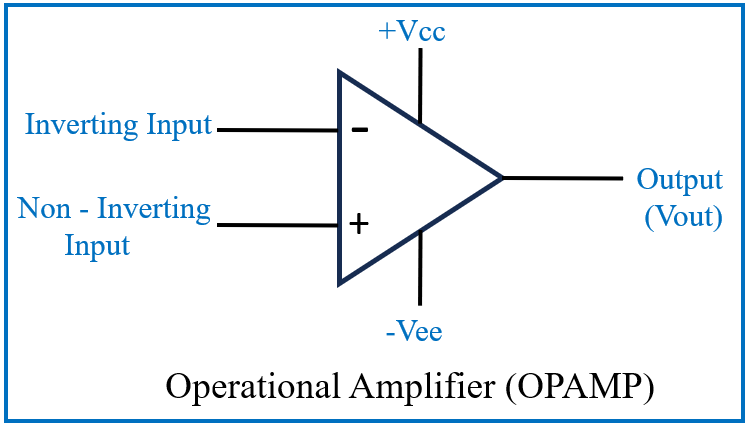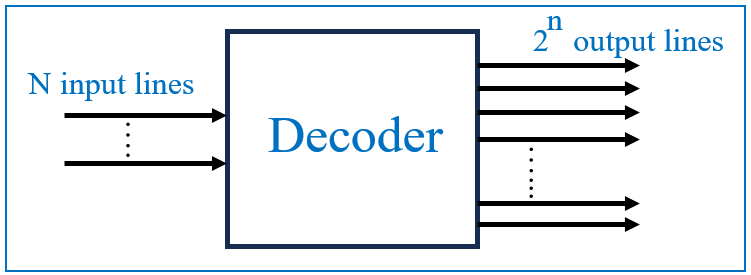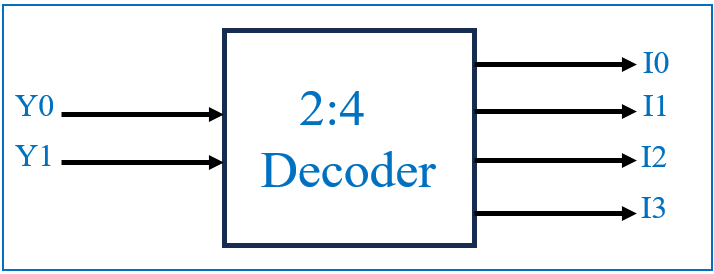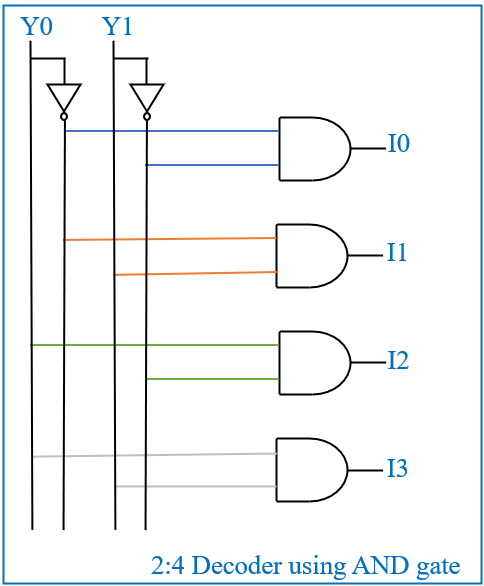OPAMP as Inverting Amplifier
The inverting amplifier configuration is one of the most common and widely used configurations of an operational amplifier (OPAMP). In this setup, the input signal is applied to the inverting terminal, and the non-inverting terminal is grounded. Let’s break down the diagram and understand the workings of this circuit in detail, along with formulas, the concept of virtual ground, and key characteristics.
Circuit Overview

Inverting Terminal (-): The input voltage (Vin) is applied to the inverting terminal through a resistor Rin.
Non-Inverting Terminal (+): The non-inverting terminal is connected to ground, creating a reference point for the operational amplifier.
Feedback Resistor (Rf): A resistor is placed between the output (Vo) and the inverting terminal, allowing feedback of a portion of the output signal back to the input.
Virtual Ground: Even though the non-inverting terminal is connected to ground (0V), due to the nature of the OPAMP, the voltage at the inverting terminal also behaves as if it were at 0V, creating what is called a “virtual ground.” This is explained in detail later.
Working of the Inverting Amplifier
The inverting amplifier works based on two fundamental principles of the operational amplifier in closed-loop configuration:
1. Virtual Ground
The concept of virtual ground is central to understanding how an inverting OPAMP functions. Here’s a detailed explanation:
In an ideal OPAMP, the open-loop gain is extremely high, often considered infinite. This causes the difference between the inverting and non-inverting inputs to be nearly zero when the OPAMP is in closed-loop configuration (with feedback).
If the non-inverting terminal is connected to ground (0V), the inverting terminal will also be at 0V, even though it’s not physically connected to ground. This is because the OPAMP works to maintain this condition to ensure the input difference is nearly zero.
Therefore, the inverting terminal behaves as if it were at ground potential (0V), although no direct connection to ground exists. This behavior is referred to as a virtual ground.
It’s important to note that while the voltage at the inverting terminal is 0V, current still flows through the resistors Rin and Rf, allowing the circuit to function properly.

2. No Current Flow Into Input Terminals: The OPAMP’s input impedance is extremely high, meaning that no current flows into the inverting or non-inverting terminals of the OPAMP. This leads to the assumption that all the input current through Rin must flow through the feedback resistor Rf.
Gain Formula for the Inverting Amplifier
To derive the gain, we apply Kirchhoff’s Current Law (KCL) at the inverting node.
1. The current through Rin due to Vin:

2. The current through the feedback resistor Rf:

Since no current flows into the OPAMP’s inverting terminal, the input current Iin must equal the feedback current If:

Rearranging to solve for the output voltage Vo:

Thus, the gain of the inverting amplifier is:

The negative sign indicates that the output is inverted with respect to the input signal, meaning it is 180 degrees out of phase.
This configuration is widely used in applications like signal conditioning, audio amplification, and analog computation due to its predictable gain and phase inversion properties.
OPAMP as Non-Inverting Amplifier
The non-inverting amplifier is another fundamental configuration of an operational amplifier (OPAMP), where the input signal is applied to the non-inverting terminal, resulting in an output signal that is in phase with the input. Unlike the inverting amplifier, the output is not inverted, and the gain can be easily controlled through external resistors.
Circuit Overview
In the non-inverting amplifier circuit:

Non-Inverting Terminal (+): The input voltage (Vin) is applied directly to the non-inverting terminal.
Inverting Terminal (-): The inverting terminal is connected to a voltage divider consisting of two resistors (Rf and R1), which provide feedback to the inverting terminal.
Feedback Resistor (Rf): The feedback resistor connects the output (Vo) back to the inverting terminal to control the gain of the amplifier.
Ground: The other end of R1 is grounded, which helps to set the gain along with Rf.
Working of the Non-Inverting Amplifier
The non-inverting amplifier operates based on the following principles of the operational amplifier:
1. Virtual Short: In an ideal OPAMP with infinite gain, the difference in voltage between the inverting and non-inverting terminals is nearly zero. Therefore, the voltage at the inverting terminal is almost equal to the input voltage Vin, a condition known as a virtual short.
V2 ≈ V1 = Vin
2. No Current Flow Into Input Terminals: Since the input impedance of an ideal OPAMP is extremely high, no current flows into either the inverting or non-inverting terminals. All the current flows through the resistors R1 and Rf.
Gain Formula for the Non-Inverting Amplifier
To derive the gain of the non-inverting amplifier, we can use the concept of a voltage divider across R1 and Rf.
The voltage at the inverting terminal (V1) is a fraction of the output voltage (Vo) based on the voltage divider formed by R1 and Rf:

Since V1 ≈ Vin due to the virtual short, we can equate V1 to Vin:

Rearranging to solve for Vo:

Thus, the gain of the non-inverting amplifier is:

In this case, the gain is always positive and greater than or equal to 1. The output signal is in phase with the input, unlike the inverting configuration where the output is inverted.
This configuration is widely used in applications like voltage buffering, signal amplification, and interfacing with high-impedance sources, thanks to its high input impedance and ability to preserve the phase of the input signal.
Conclusion
In this chapter, we examined two essential operational amplifier configurations: the inverting and non-inverting amplifiers. The inverting amplifier is known for inverting the input signal with a predictable gain, making it suitable for applications like audio processing. Its operation relies on the concept of virtual ground.
Conversely, the non-inverting amplifier preserves the phase of the input signal while allowing for adjustable gain, making it ideal for voltage buffering and interfacing with high-impedance sources.
Mastering these configurations is crucial for advancing in analog electronics and designing effective circuits.






